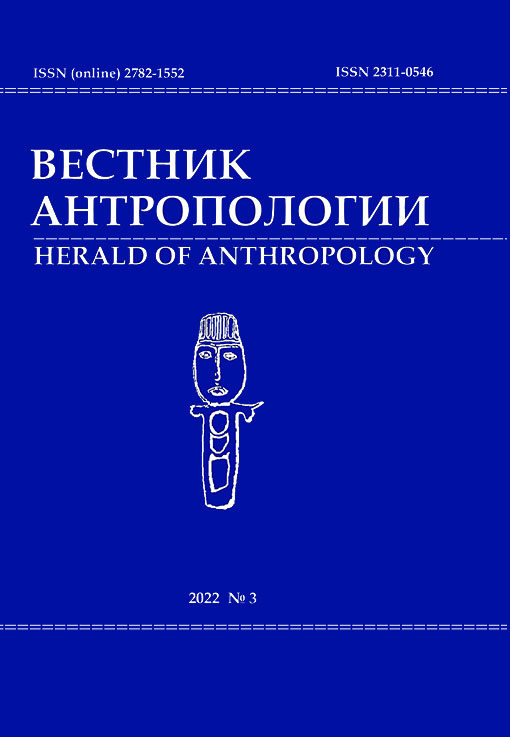The Role of Cultural Institutions in Russia’s National Policy: From Past to Present (the Case of the Republic of Mordovia)
10.33876/2311-0546/2022-3/35-49
Keywords:
cultural diversity, Mordovian population, harmonization, interethnic relations, traditional culture, history, media materials, archives, cultural institutions, librariesAbstract
The article examines the activities of cultural institutions in the Republic of Mordovia — libraries, clubs, and cultural and leisure centres (CLCs) during the Soviet period and at present. Comparing such ideologically different stages of the country’s history, the authors show how similar the role of cultural institutions is in harmonizing inter-ethnic relations and maintaining ethno-cultural diversity of the population. To describe the Soviet period, the authors introduce statistical data, materials from the republican media, mainly articles in the newspaper “Krasnaya Mordovia” (later “Soviet Mordovia”, now “Izvestia Mordovia”), and archival documents stored in the Central State Archive of the Republic of Mordovia. To analyze the diversity of contemporary cultural and educational activities in the republic, the authors used the questionnaire interviews with experts and current documentation of cultural institutions. The authors observe the mass involvement of not only urban, but also rural population in the USSR period, through the system of clubs, libraries, culture houses and palaces, which were developing gradually and became more popular from the beginning of 1950s. As the research data shows, the current work of cultural and leisure centres, libraries, etc. is largely based on the experience of the past, but is being improved and developed under the new realities.





















